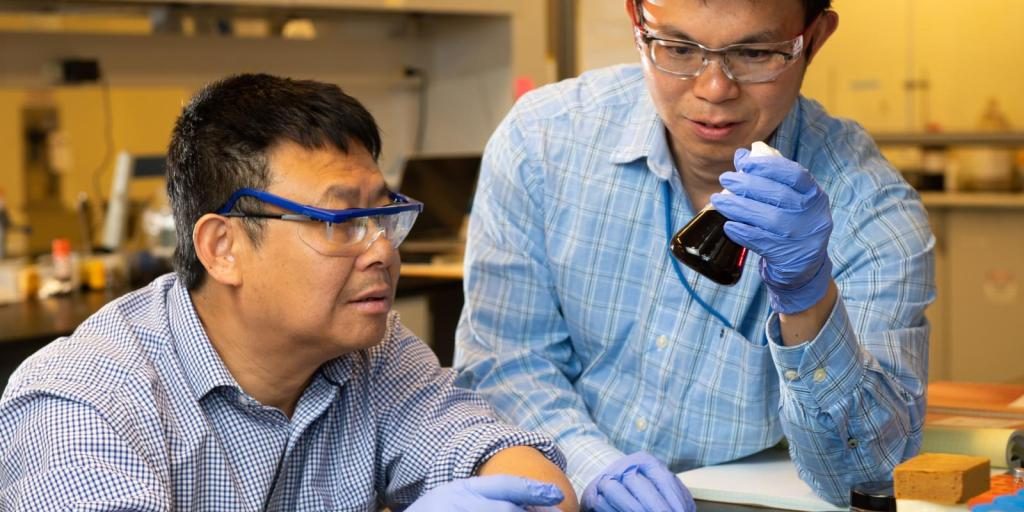In the woods, the circle of life begins with trees sprouting from the forest floor, stretching toward the sky, and then eventually dying and decomposing, helping to create healthy soil for another generation of seedlings.
While it can take a century for some types of wood to fully decompose, researchers at the Department of Energy’s Pacific Northwest National Laboratory (PNNL) and Washington State University took a lesson from nature and discovered a new way to speed the process.
They are now exploring how to scale their breakthrough, which may make it possible to transform the wood’s stored carbon into aviation biofuels and other valuable products more easily and cost-effectively.
The subject of their research is lignin, the world’s most abundant renewable substance. Lignin is found in the cell walls of trees and plants where it provides structural strength for standing upright and helps carry water and minerals into their branches.


